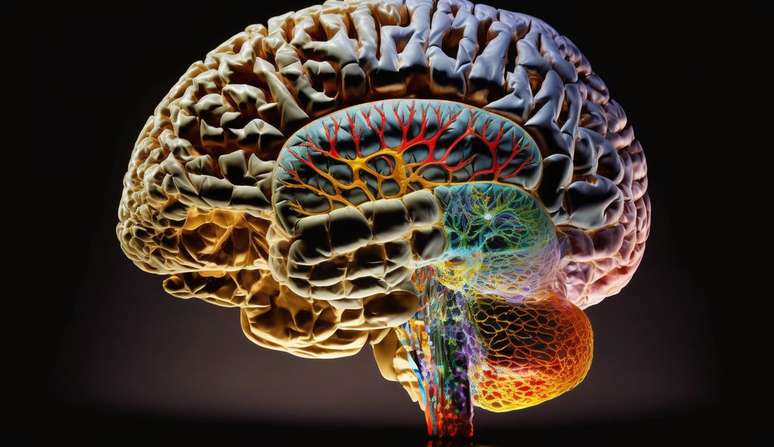University of Arizona research identifies why men and women experience pain differently; the response involves the action of nociceptors
In the United States, researchers at the University of Arizona have demonstrated this for the first time men and women feel pain differently. This occurs due to differences in nociceptors, i.e. the sensors of nerve cells involved in the sensation of pain. They are the first link in the pain transmission chain, which reaches the brain.
- Are there differences between the female and male brain?
- Male mammals are not always larger than females
Published in the magazine Brainthe discovery “represents an important step forward in our understanding of how pain can be produced in men and women”, says Frank Porreca, a researcher at the North American university and author of the study, in a note.
Until then, this difference in pain response between the sexes was more inferred than scientifically proven. There was also no precise explanation as to why this had happened.
Difference between men and women
In laboratory tests, the researchers analyzed the excitability levels of nociceptor cells near the spinal cord using samples from three different species:
- human beings;
- Non-human primates;
- Mice.
The cells, coming from both males and females, were exposed to two substances that could, in theory, activate nociceptors, sensitize nerve cells and generate low-intensity stimuli that produce pain: prolactin (a hormone normally related to lactation ) and orexin B (neurotransmitter that keeps the person awake).
“In males and females (animals or humans), what alters the thresholds [de dor] of nociceptors can be completely different”, underlines Porreca, based on the research.

After all, prolactin only sensitizes female nociceptors and not male ones. On the other hand, orexin was related to increased sensitivity in males.
“The surprising conclusion of these tests is that there are male nociceptors and female nociceptors, which has never been recognized before,” the researcher emphasizes.
New treatments for pain
With this demonstration of functional sexual dimorphism between male and female sensory neurons, the researchers believe so pain-related treatments they should be different based on gender. However, this needs to be confirmed in further research.
Based on the current results it is not yet possible to assume whether, for example, men experience more pain than women. What is known is that both respond differently to what generates pain.
Source: Brain AND University of Arizona
Trends on Canaltech:
- Until we meet again! Microsoft decommissions its latest underwater data center
- Medicine that regrows teeth will be tested in Japan
- Magalu and AliExpress enter into a historic partnership for the sale of products
- Sicoob confirms that it suffered a cyber attack this Monday (24)
- NASA simulates a scenario in which the asteroid will collide with Earth
- Galaxy Buds 3 Pro and Watch 7 lose with pricing and color options
Source: Terra
Rose James is a Gossipify movie and series reviewer known for her in-depth analysis and unique perspective on the latest releases. With a background in film studies, she provides engaging and informative reviews, and keeps readers up to date with industry trends and emerging talents.








